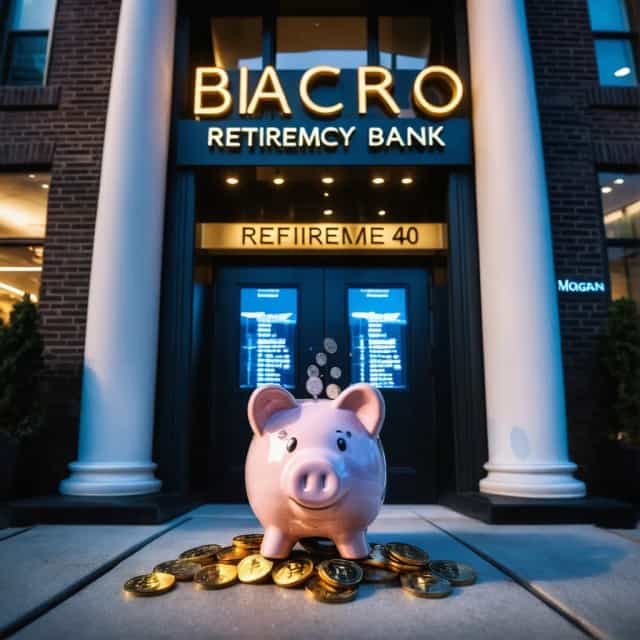
출처: Block Media
The Resilience of DeFi Protocols Amidst Market Turmoil
Decentralized Finance (DeFi) protocols emerged as a beacon of stability during the recent sell-off in the digital asset market, demonstrating the robustness of their infrastructure amidst volatile conditions. While global financial markets struggled under a wave of uncertainty, DeFi platforms operated seamlessly, showcasing structural advantages that set them apart from traditional financial systems.
DeFi Systems Perform Under Pressure
The sell-off, which coincided with increased market volatility, was spurred by a major geopolitical announcement. On October 11, 2025, U.S. President Donald Trump revealed a plan to impose an additional 100% tariff on Chinese imports starting November 1. This announcement shook global markets, leading to significant drops in equities. The S&P 500 and Nasdaq posted their steepest declines since April, while risk-averse investors sought shelter, triggering widespread corrections across digital assets.
Despite the turbulence, leading DeFi platforms rose to the occasion. Automated liquidation mechanisms, integrated into decentralized protocols, absorbed the market shock without disruption. These systems not only demonstrated their efficiency under extreme conditions but also reinforced confidence in the structural integrity of the DeFi ecosystem.
Operational Excellence: Uniswap’s Impressive Metrics
Uniswap, one of the most prominent decentralized exchanges (DEXs), recorded a staggering daily trading volume of $9 billion on October 11. Founder Hayden Adams underscored the platform’s resilience, noting:
“Large sell-offs are good reminders of how DeFi is simply built different. Uniswap did close to $9 billion in trading volume today – well above the norm – with no stress or downtime.”
This performance reaffirmed the structural strength of Uniswap’s protocol. Unlike traditional centralized systems, which can falter under high trading volumes, Uniswap’s decentralized architecture maintained seamless operations, making it a standout performer during times of market stress.
Automated Systems Ease Liquidity and Risk Management
A defining feature of DeFi platforms is their reliance on automated liquidation mechanisms, which ensure that systems continue to function efficiently during market turbulence. For instance, Aave, a leading DeFi lending protocol, showcased its operational resilience during the sell-off.
Stani Kulechov, founder and CEO of Aave, revealed the scale of the stress test:
“Aave navigated its largest stress test in history, managing $75 billion in lending infrastructure. Without any manual intervention, $180 million of collateral was liquidated through automated processes within just an hour.”
This ability to process large-scale liquidations without manual oversight highlights the efficiency of DeFi’s decentralized infrastructure. These mechanisms play a pivotal role in managing liquidity and mitigating systemic risk, setting DeFi apart from traditional finance, which often relies on manual intervention during crises.
DeFi and Centralized Platforms: A Stark Comparison
The stark difference between decentralized and centralized platforms was further highlighted during this market event. While DeFi protocols like Aave and Uniswap operated without downtime, some centralized exchanges, including Binance and Coinbase, experienced temporary delays and network congestion.
This contrast has amplified the narrative around DeFi’s reliability and scalability. However, it is important to note that while DeFi’s automation contributes to its resilience, it also comes with inherent risks. Vulnerabilities such as coding flaws or network congestion could pose threats to these systems. Nevertheless, the performance of DeFi protocols during this sell-off solidified their reputation as reliable alternatives to traditional financial mechanisms.
Industry Experts Applaud DeFi’s Robustness
The response of DeFi platforms to the sell-off has not gone unnoticed. On-chain analytics platform Coinglass praised the performance, saying:
“DeFi protocols managed a rapid increase in transaction volumes without disruption, solidifying their reputation for reliability and resilience under pressure.”
This sentiment has been echoed across the industry, with analysts hailing this as a defining moment for decentralized finance. While traditional financial systems scrambled to adapt to the rapidly changing conditions, DeFi’s decentralized infrastructure proved its mettle, managing extreme volumes and maintaining operational integrity.
A Turning Point for Financial Systems?
The recent market turbulence served as a stress test for both traditional and decentralized financial systems. While traditional markets and centralized platforms struggled, DeFi protocols like Uniswap and Aave showcased their potential to handle extreme market conditions with efficiency and reliability.
This event has further bolstered the narrative that DeFi offers a viable alternative to traditional financial systems, especially during periods of heightened volatility. As more investors and analysts assess the performance of decentralized platforms during this sell-off, the conversation around their role in the future of finance is likely to intensify.
The Future of DeFi Resilience
In conclusion, the stability demonstrated by DeFi protocols during the digital asset market sell-off underscores their growing credibility in the financial ecosystem. While there remain risks and areas for improvement, the resilience displayed by platforms like Uniswap and Aave marks a significant milestone in the evolution of decentralized finance. As global markets continue to grapple with uncertainty, DeFi’s robust design and automated infrastructure may pave the way for a broader financial paradigm shift.










